LEGACY PARTS REPLACEMENT
A process that involves examining and reproducing select parts of larger machines to keep them in operation.
At Stenzel Sealing Solutions, our reverse engineering capabilities have been honed after 40 plus years of working in the field at the plant level. We understand the critical need to replace obsolete parts with as close to a perfect match as possible. When an OEM asset is no longer available, or no longer affordable, we can reverse engineer a component or the whole assembled asset. Our engineers have the most advanced tools available to get any industrial reverse engineering job done, at the customer’s facility or ours.
Industrial reverse engineering is the method of dismantling software, machinery, architectural structures, and other products to extract design information. Through reverse engineering, one can analyze the design of a part, allowing for its recreation.
70% of America’s industrial manufacturing facilities are more than 20 years old. This means asset management and up-time become critical factors in a facility’s success, efficiency, and profitability. In many cases, industrial facilities have assets that are no longer made or supported by the original equipment manufacturer. This results in the situation being even worse on a component level.
Quite often, we find that our customers no longer have records of their oldest equipment. Commonly, they do not have accurate infrastructure documentation from years of maintenance and repair activity. When a facility goes into maintenance turnaround, it’s critical to know assets being repaired, replaced, components that go into them, and components attached to them.
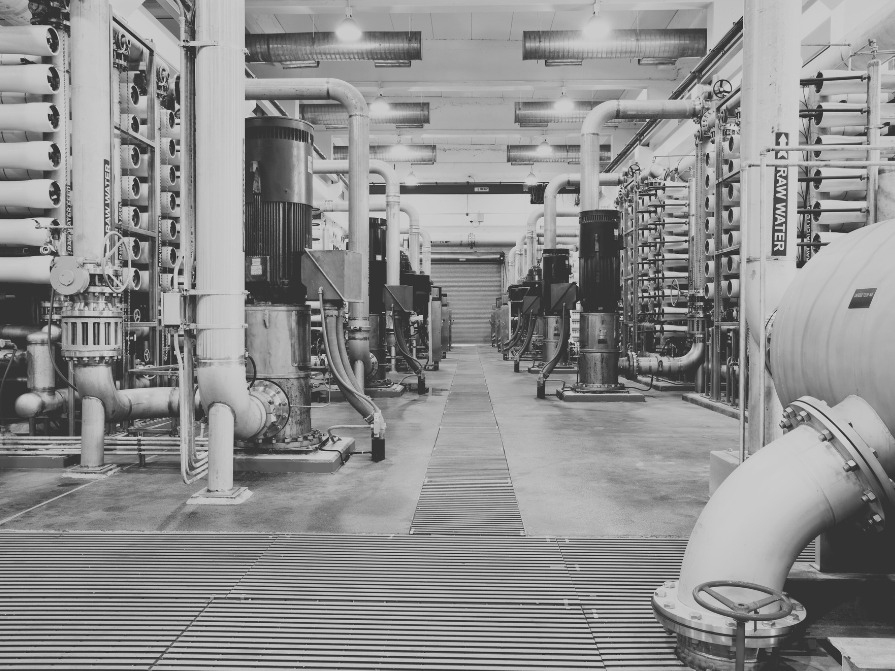
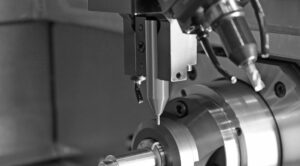
Gone are the days of only relying on charcoal traces on paper, caliper and vernier measurements, and inaccurate measuring tape methodology to reproduce your critical parts and equipment. We can deploy advanced digital 3D scanning tools to achieve accuracy to 0.004” (0.1mm). With fast and accurate post image processing, we can turn plant-level scans into 3D CAD models in several hours, not weeks. When you need a solution, we can provide one, quickly and accurately.
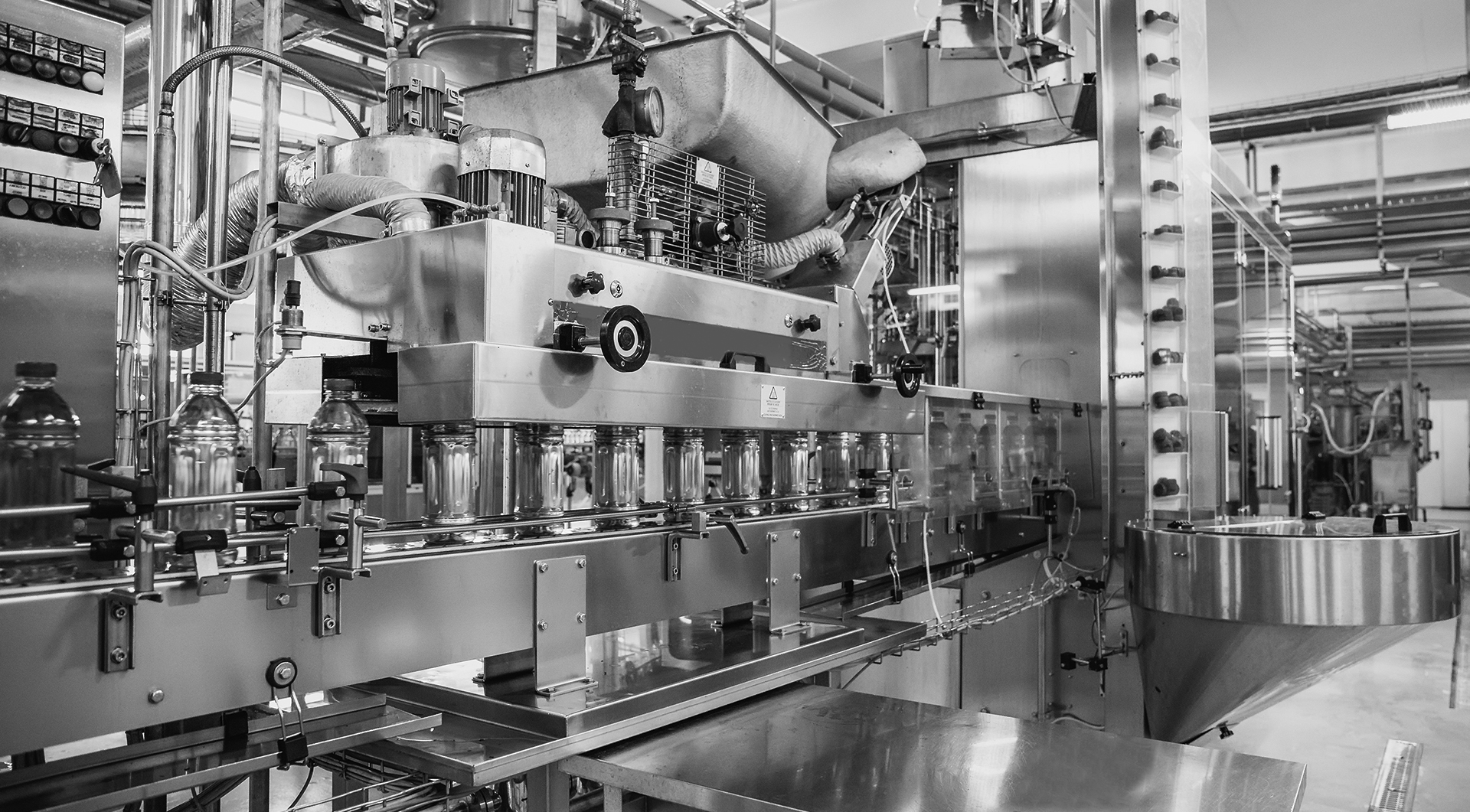

We apply our extensive knowledge and manufacturer level training to every situation we encounter to ensure that we capture every necessary detail. Our end result is a replacement item that exactly meets your criteria – a direct replacement or an engineered upgrade. Our industrial reverse engineering services provide:
To conduct reverse engineering, we will obtain a sample of the product and disassemble it to analyze its internal mechanics. This process allows engineers to reveal details about the initial design and assembly of the product. It is essential to start by analyzing the dimensions and attributes of the product. During this analysis, measurements of the widths, lengths and heights of components in the product are made.
3D scanning technologies are often used to make these sorts of measurements. Common 3D scanning technologies include coordinate measuring machines (CMM), industrial computed tomography (CT) scanners, laser scanners and structured light digitizers.
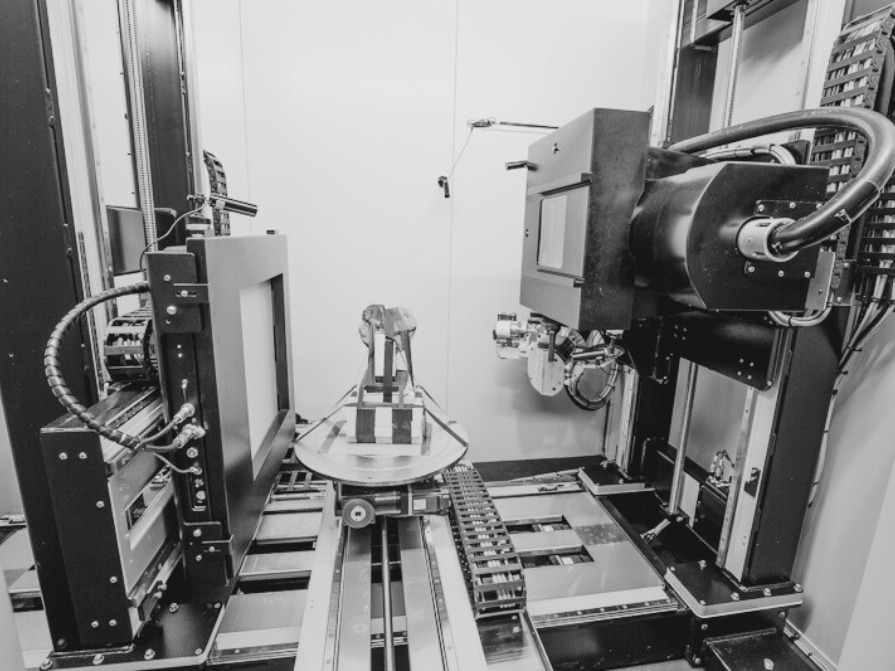
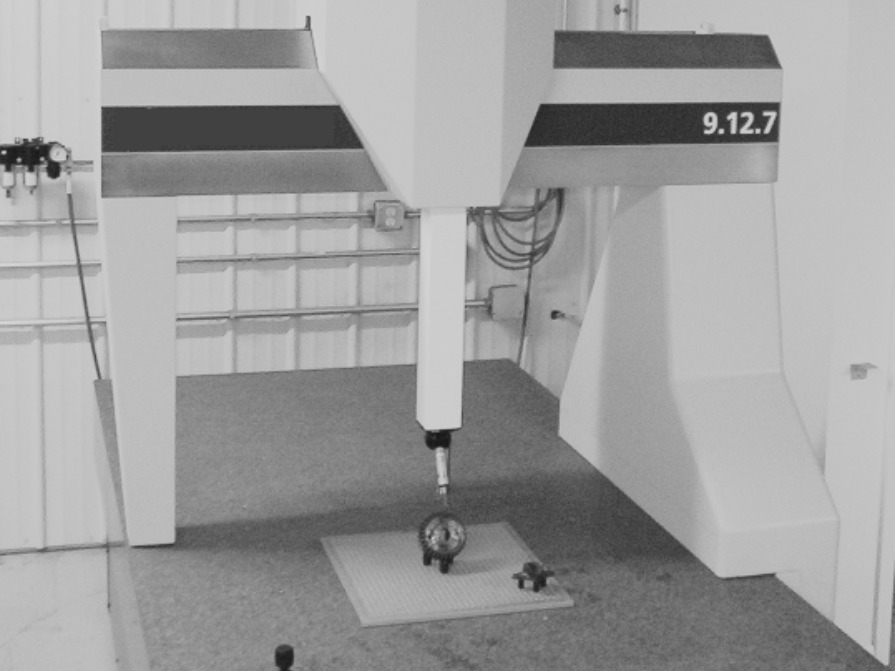
Industrial reverse engineering provides manufacturers with insights into the design of a product or its components. When executed effectively, this process yields a digital replica of the blueprint employed in the initial design. Below are some of the most common uses of reverse engineering.
A process that involves examining and reproducing select parts of larger machines to keep them in operation.
Using data gathered to inform on how to repair/service the part. This helps determine which components you will need.
Once you have gathered data, you know how to fix or improve the product so it functions properly again.
With reverse engineering, you are able to determine how everything works as one. The knowledge can be used to identify where things can and do go wrong.
Minimize downtime and maximize production with our tailored sealing solutions. Boost Uptime. Get a Free Quote Today!